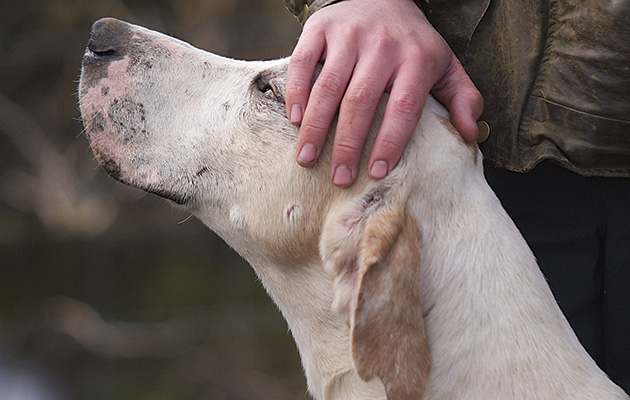Opinion
“Wanted: Master/Huntsman for the Dartmoor Hunt” read the advertisement in a recent copy of Horse & Hound. What an opportunity for someone for the 2019/20 season.
The Dartmoor country could not be more different from the Pytchley country where I hunt hounds, although I did have a rare taste of its remote, rugged country — or more specifically that of its neighbour, the Spooner’s and West Dartmoor, when we took hounds down for a joint-meet in March.
Every country comes with its own pleasures and challenges. Their then master and huntsman, Henry Bailey, had brought their hounds up to us in January, having visited us minus hounds occasionally before. I think he enjoyed being able to be right with hounds as they draw and check, and therefore getting a really intimate view of each hound’s performance and who was doing what.
The cut and thrust of our more accessible country was also exciting, being able to gallop and jump a variety of obstacles as they came.
Contrast that to the vast, open and often inaccessible moors with the famous rocks and bogs and you require a very different set of huntsman skills indeed. The great appeal to me was the lack of, well, anything. Coming from middle England, with all the pressures of urban sprawl, busy railways and an increase in fast roads, it was a real tonic to sit back and let the hounds do their thing in the most natural and unaltered environment imaginable.
We’ve all heard the saying “horses for courses”, but it is much the same with hounds. Hounds vary according to the type of country they hunt and the needs thereof, as well as developing skills through experience and handling.
New-found freedoms
The first thing that became abundantly clear is that the Pytchley hounds are not used to drawing far and wide to pick up a scent, as their hill-country cousins are used to doing.
We have very few large coverts in the Pytchley country and many is the day when we wouldn’t draw a covert large enough for me to enter. More commonly we are drawing hedges, brook lines and bramble patches; consequently the hounds are rarely far from me. When faced with hundreds of acres of moor, they were reluctant to go too far.
Fortunately, I had anticipated this, having been told the horror story of Capt Wallace, at the edge of Langtone bog, getting frustrated with his Heythrop bitches’ lack of desire to go away and draw, that he finally got off his horse to walk in with them, only to disappear up to his armpits. I wouldn’t have wanted to be his whipper-in that day — I’m sure the air was blue, and his coat was black!
In an effort to avoid such a situation, I took the precaution of having Mr Bailey bring three or four couple of his own hounds just to “show them the way” and, with time and persistence, their confidence grew and by the end of the day they were relishing their new-found freedom.
As I hacked back across the moor in the fading light to the kennels at Sampford Spiney with my beloved Pytchley hounds all around me and not a set of car headlamps in sight, I reflected on what a privilege it is to hunt hounds in all types of country.
Variety is truly the spice of life and, when it comes to hunting in the British Isles, God has blessed us with wondrous variety.
Ref Horse & Hound; 4 October 2018

